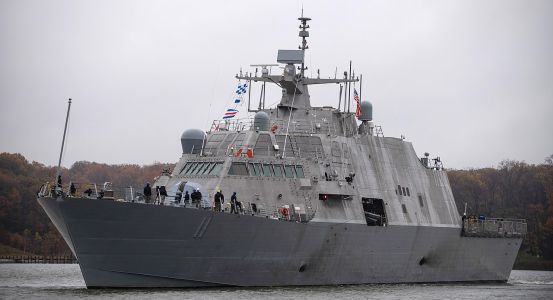 The sad saga of the Littoral Combat Ships (LCS) is winding down. The small surface vessels, built in two classes, and designed for operations near shore, were intended to be inexpensive and flexible. Instead, they proved to be unreliable, relatively costly, and plagued by technical problems. Worse yet, the Pentagon concluded that the ships were not “survivable in a hostile combat environment” and that neither ship class could withstand the Navy’s full ship shock trials.
The sad saga of the Littoral Combat Ships (LCS) is winding down. The small surface vessels, built in two classes, and designed for operations near shore, were intended to be inexpensive and flexible. Instead, they proved to be unreliable, relatively costly, and plagued by technical problems. Worse yet, the Pentagon concluded that the ships were not “survivable in a hostile combat environment” and that neither ship class could withstand the Navy’s full ship shock trials.
Recently, the Freedom-class Littoral Combat Ship, USS Sioux City, was decommissioned after less than five years in service. Such ships were meant to serve for 25 years.
The Navy announced its intent to decommission Sioux City and eight other Freedom-class LCS early in the spring of 2022, part of a move to divest the sea service of as many LCS as possible in order to free up funding for other priorities, a tacit acknowledgment that the LCS fleet has not done what it was originally envisioned to do.
Navy Times quoted, Rep. Jackie Speier, D-Calif., who during a hearing last summer, displayed a floor chart titled “Leaking Cracked Ships” that contained a picture of each LCS with a lemon, playing on the slang for a defective vehicle.
“We all know what lemon cars are. We have a fleet of lemon LCS ships,” she said at the time. “We have spent billions of dollars on this fleet when they have no capability to help us deal with our largest threat, which is that of China and Russia. The only winners have been the contractors on which the Navy relies for sustaining these ships.”

I think this was an example of “preparing for the last war.”
Also known as Little Crappy Ships